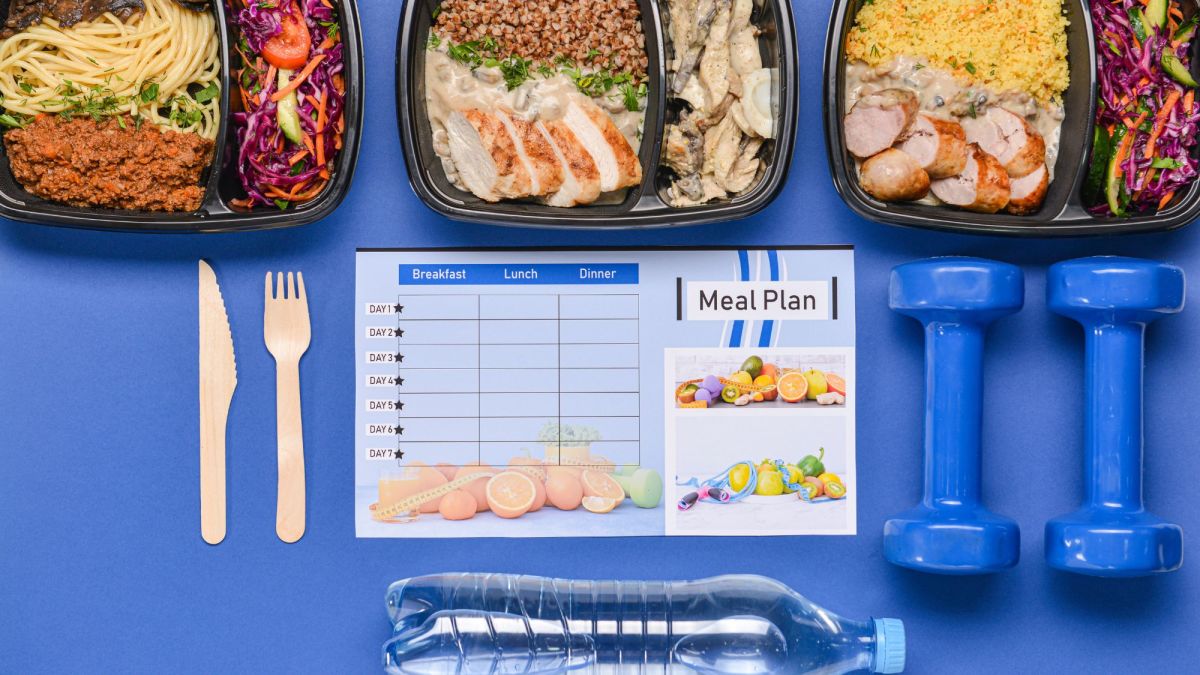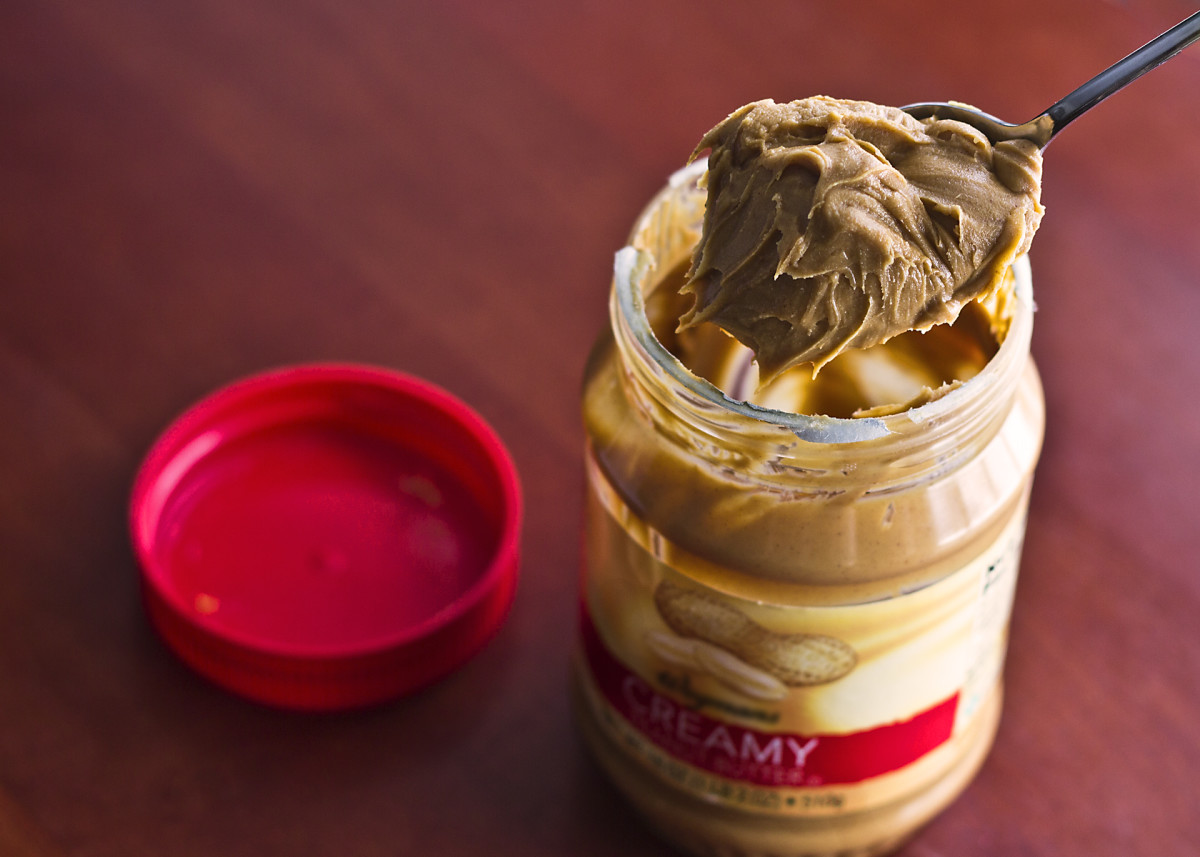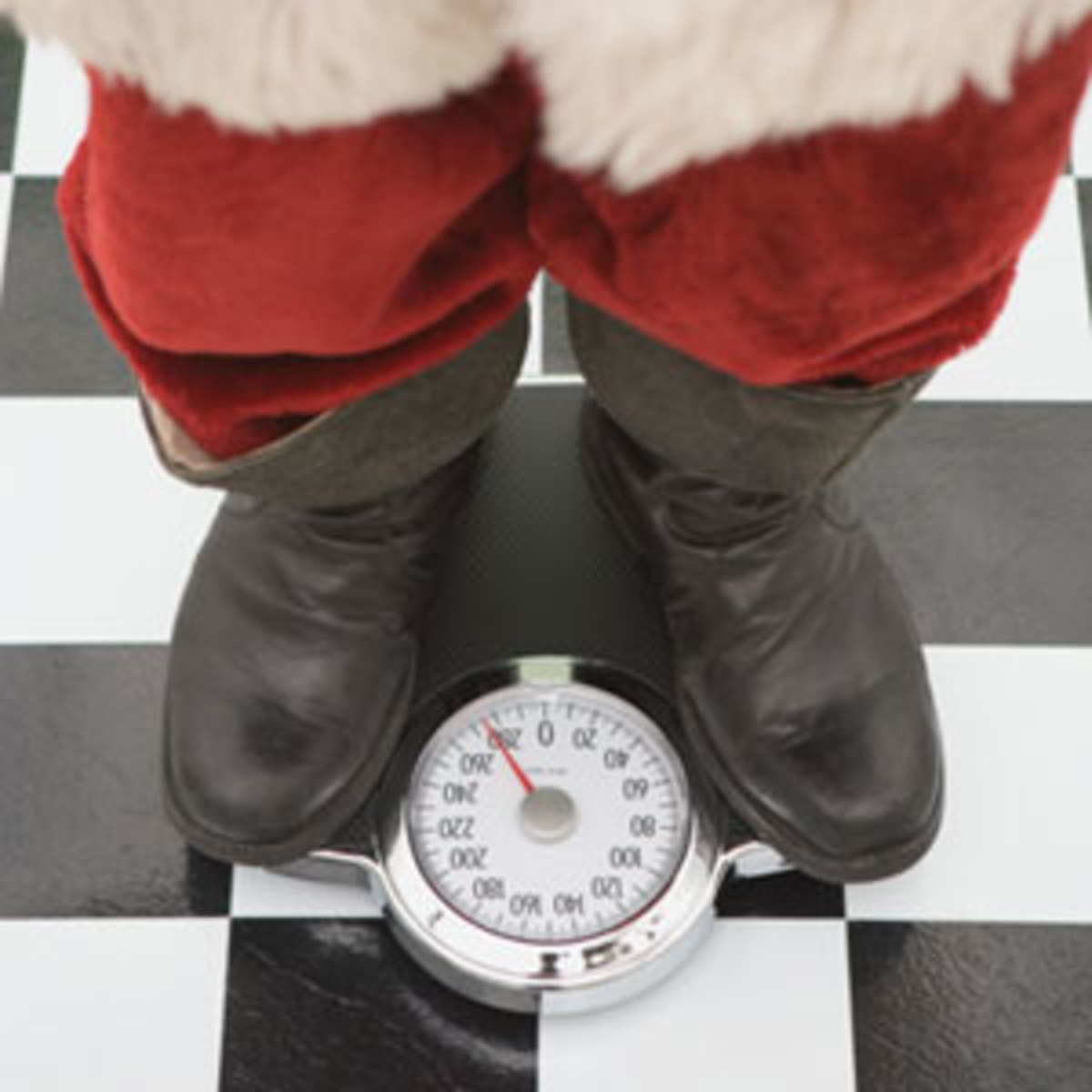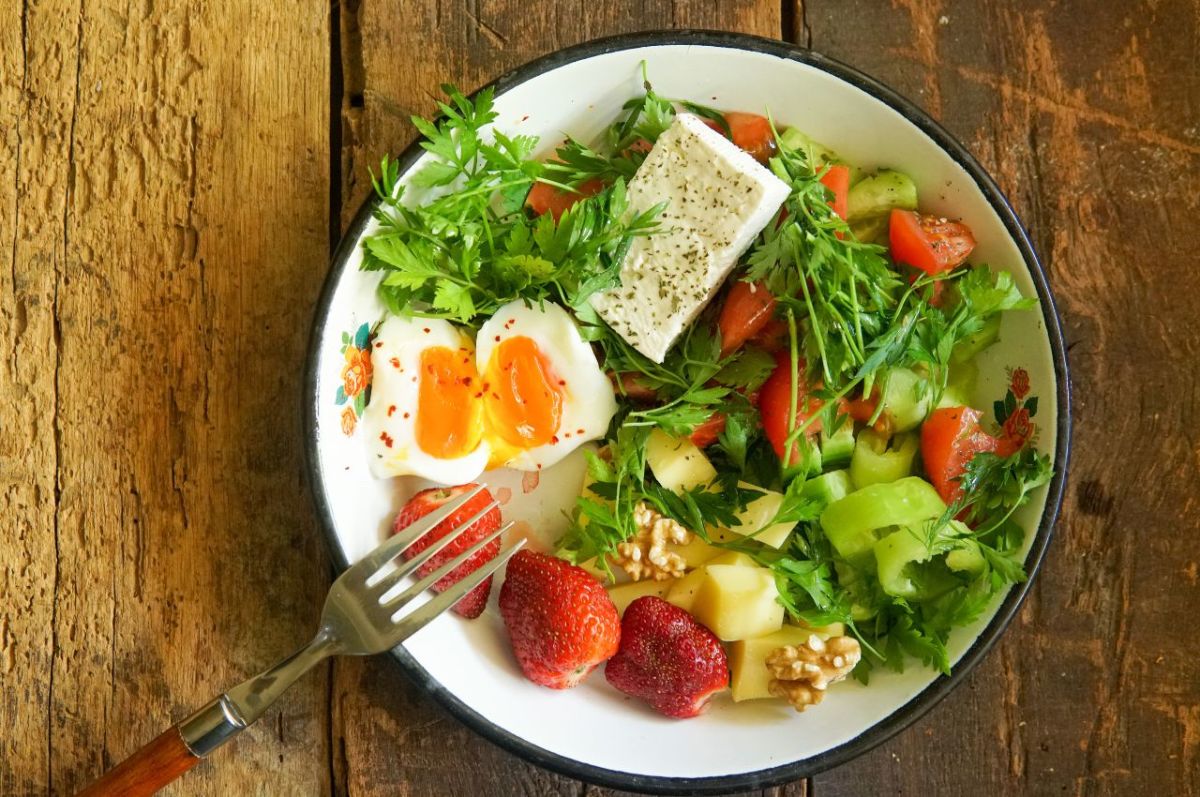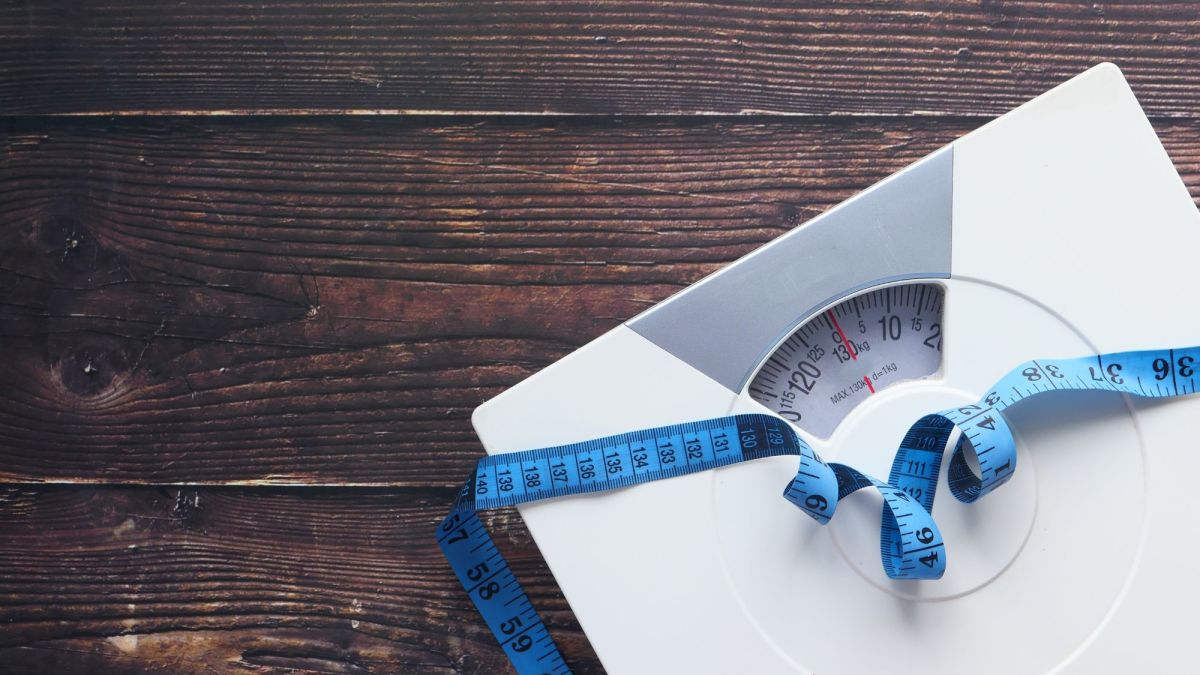NHS 'Shape-up' program.
What is 'Shape-up'?.
Shape-up is not a diet. It is a 'understanding' of food and it's affects, allowing you to better understand your eating habits & to manage your food.
It has been devised by a group of UK-based dieticians & phsycologists to give a person the 'tools' to enable them to change their eating behavior towards food.
It was recently part of a long-term study by Essex University who compared the long-term weight loss results against those of both 'SlimmingWorld' & 'Weightwatchers'. Incredibly, Shape-up not only leads to people losing weight, but over the long term, keeping that weight off. The 2 commercial offerings on the other hand saw a large number of those who left having reached their target weight put the weight back on.
Shape-up works because there is no incentive for those running the course to upsell branded products or to recruit new members in order to earn commission. Instead, the facilitators encourage the participants to find out what is best for them.
The whole scheme is funded by the NHS as they consider the savings made from reduced risk of heart disease, cancer & diabetes and their treatment to be greater than the costs of the materials and time involved in running the courses.
Shape-up is based on an 8 week program. With each week focusing on a different subject.
* On 2/11/13, 'Shape-up' won an award for the best NHS health scheme in the Country despite only being run by Camden, Herts & Essex NHS areas.
Week 1 - 'Preparing to Shape-up'
This week concentrates on getting ready for the journey ahead.
Being overweight is now a bigger contributor to liver damage than alcohol abuse. It can also lead to high blood pressure, some cancers (breast, bowel & pancreatic) along with an increase in the risk of diabetes & heart disease.
Weight can also affect depression/low self esteem.
The facilitator discussed our hopes & fears (things like fear of heart attacks & hopes like not feeling so out of breath when running for the bus) & looked at maintaining a food diary.
One visual aid that we all found useful was the 'slab of fat'. Basically, this was a 1Lb textured rubber extrusion. The course facilitator had 5 of these in a pile along with a smaller 1oz block.
These allowed us to visualize (and feel) what losing 1Lb actually felt like as when you lose a lb in weight, you normally feel like you have actually achieved nothing as far as weight loss is concerned, when in fact you have achieved quite a lot.
Week 2 - Keeping regular eating patterns.
The facilitator explained the importance of keeping a regular eating pattern. A regular eating pattern is important as it 'programs' your body to accept food on a regular basis.
Why is this important ?. Well, if you eat irregularly (i.e miss breakfast or only eat when you feel hungry) then your body changes the way it handles the food you eat by turning as much as it can into fat. It does this because it no longer has any idea of when it will receive it's next batch of food.
In effect, it goes into starvation mode and your metabolism slows right down.
By keeping to a regular eating pattern, your body will 'learn' that it will receive a delivery of food at roughly the same time each day so will adjust the metabolism accordingly and so make more efficient use of the food, turning more of it into energy & less into fat.
What affect does this have in reality?.
By eating on a regular pattern your body produces energy at a more constant rate. This leads to an improvement in concentration & you will feel more 'awake'. Irregular eating patterns will lead to tiredness & a lack of concentration.
As well as eating regularly, it is important to eat breakfast as you will get almost all your daily requirements of vitamin B & calcium from this meal. Also, your body needs this meal to provide it with the energy it needs to 'power it up' from sleep mode.
He also explained the SMART method of setting goals when trying to lose weight.
SMART stands for -
- Specific
- Measurable
- Achievable
- Relevant (or Reachable)
- Time-specific
In a nutshell, it means that your goals need to be Specific rather than vague. A goal based on 'I will try to walk to work' is a vague goal. Whilst 'I will walk to work at least twice this week' is specific. It is also Measurable as it sets a target which is Achievable in a specific Time.
You can set yourself a reward for hitting you goal, such as 'I will buy tickets to a concert if I achieve walking to work 2 days a week for 2 months'.
Week 3 - Keeping active
It goes without saying that keeping active is an integral part of weight management. Especially if you have a sedentary job (one with little physical movement such as help desk operator).
Being active does not mean you need to go to the gym every day, just change what you do. 1 hour watching TV burns off 100 calories, but a brisk 1 hour walk will burn off 300. However, if you include short bursts of activity within the ad breaks (if watching commercial stations) then you can increase your calorie reduction considerably.
An ad break on TV is roughly 3 minutes so why not go for a 'walk'?. I am being serious. There is nothing stopping you getting up and walking on the spot for 2-3 minutes, or, for that matter, doing a circuit of the house, or if you have stairs, doing a couple of trips up/down them.
Fancy some gentle exercise?. Why not get hold of a couple of empty 1 pint milk bottles and filling them with water?. You can use them as dumbbells to exercise your upper body whilst still sitting down. You could also try leg-lifts, twists, wall press-ups & knee squats.
Milk bottle exercise routine -
- Take 2 milk bottles full of water.
- Hold with arms stretched-out to sides (like Jesus on the cross).
- Keeping arms straight, swing arms slowly to the front so they meet.
- Repeat 10 times.
- Now, do the same movement, but lift arms to finish above your head.
Leg lifts -
- Sit upright in chair with feet flat on ground.
- Starting with left leg, lift leg from knee to level position.
- At the same time as lifting leg, point your foot (bend foot down as leg comes up).
- Repeat 10 times.
- Swap legs and repeat steps 1-4
Twists (if sitting on swivel chair) -
- Sit with feet flat on floor and back upright.
- From the waist (so the upper body does not move) swivel to the left.
- Swivel back to start position, pause.
- Swivel to right.
- Swivel back to start position.
- Repeat 1-5 10 times.
Wall press-ups -
- Stand at arms length from wall (or other flat upright surface) with feet shoulder width apart and hands flat against wall.
- Lean into the wall.
- Use arms to push yourself away from the wall until you are back upright.
- Repeat steps 1 - 3 10 times.
Knee squats -
- Stand upright with feet shoulder width apart.
- Slowly bend your knees until you reach a point you are comfortable with.
- Slowly stand back up again.
- Repeat steps 1-3 10 times. You can, if you wish, give yourself extra assistance by holding on to a table or work top to aid balance.
There is nothing stopping you from making changes to your daily routine in order to introduce some more activity into your day. If you catch the bus to work, how about getting off one stop early (use the money you save to build-up a fund to treat yourself in say, 6 months time). Live within 2 miles of work?. Leave the car at home & walk all the way (if safe to do so)., or how about cycling to work?.
You don't have to go mad trying to introduce exercise to your daily life. Use 'SMART' to set yourself small goals with a view to increasing your targets as you go. By doing little things you are more likely to succeed than if you try to do it all at once.
Weeks 4, 5 & 6. Food portions
I've combined weeks 4 - 6 as they are all a continuation of the same subject.
Week 4 covered 'food groups'. Food can fall into one of 5 food 'groups' based on such properties as fat content, sugar content & calories.
The main food groups are -
- Fruit and vegetables - Apples, celery, beans etc.
Aim for 7-10 portions per day - Bread, cereals & potatoes - These should form the staple of your food intake & foods from this group should make up the main meal of the day
- Milk and dairy - These should be consumed in moderation, with low-fat options being used wherever possible.
- Fatty and sugary foods/drinks - Foods from this group should be consumed little and not very often
- Meat, fish and alternatives - The food in this group can be eaten in moderate amounts
Some foods such as bread, cereals & potatoes contain starchy carbohydrates (a provider of energy), soluble fibre (this can help reduce blood cholesterol and blood sugar levels), vitamins (inc. vitamin 'B', which is important for growth and a healthy nervous system) and minerals (including calcium which aids healthy bones). This is why it is important to start the day with a breakfast of cereals or bread as it provides the 'energy boost' that your body needs in order to move from a sleeping to a waking state.
People who eat breakfast typically have more energy throughout the day than those who don't
Other foods such as meat & fish (especially oily fish) can help protect from heart disease and can help stop blood from clotting. This food group contains protein (helps with new tissue formation, and growth and repair of damaged tissues), iron (promotes healthy red blood cells), B-vitamins (again, helps with development of red blood cells and in maintaining a healthy nervous system), zinc (important for the immune system), magnesium (essential for all cells) and soluble fibre.
Oily fish should be limited to 4 portions a week for men & 2 portions for women.
Fruit and vegetables provide you with another source of vitamin B & soluble fibre along with vitamins C, E & beta-carotene which may help against heart disease and certain types of cancer. It is now recommended that you should eat 7 - 10 portions of this food group
Although foods in the milk & dairy food group need to be eaten in moderation, they do provide us with calcium, protein, vitamin B, vitamin A and vitamin D, so are needed as part of our daily intake.
Fatty & sugary foods are the real baddie amongst the food groups due to the fact that they contribute little or nothing to our bodily requirements, but are hard to shift.
I keep mentioning portions, so just to clarify, a portion is whatever you can fit in the palm of your hand.

